Grammarly, best known for its widely used AI writing assistant, is taking a bold step toward reshaping the future of workplace productivity. The San Francisco-based company has officially announced the acquisition of Superhuman, the elite AI-driven email client long revered for its sleek interface and speed-enhancing tools. This strategic move marks Grammarly’s most significant expansion yet beyond grammar correction, signaling its ambitions to become a dominant force in AI-powered productivity.
Though the financial details remain undisclosed, industry insiders note that Superhuman was last valued at $825 million during a 2021 funding round. With an estimated $35 million in annual revenue, the acquisition positions Grammarly to gain a powerful foothold in the email domain—still one of the most critical components of the modern digital workflow.
Grammarly’s Shift from Grammar Tool to AI Productivity Powerhouse
Founded in 2005, Grammarly has grown from a simple spellchecker into one of the most recognizable names in AI writing tools. With over 40 million daily active users and an estimated $700 million in annual revenue, Grammarly has built a strong foundation in AI-assisted communication.
But the acquisition of Superhuman isn’t just about adding another product to the mix—it’s part of a larger transformation. With a recent $1 billion funding round led by General Catalyst, Grammarly now has the capital and ambition to broaden its focus and build an end-to-end AI productivity platform that supports everything from writing to scheduling to collaboration.
As part of this evolution, Grammarly is reportedly considering a name change to reflect its wider AI vision—an indication that grammar correction is no longer the company’s sole focus.
Superhuman’s Role in Grammarly’s AI Strategy
Superhuman has carved out a unique position in the crowded world of email clients. Its product is famed for speed, elegance, and productivity-enhancing features like AI-assisted email composition, keyboard shortcuts, and snappy performance.
Originally built for professionals who wanted to get through their inboxes faster, Superhuman claims users are able to process 72% more emails per hour compared to standard platforms. Over the past year, usage of its AI composition features has increased fivefold, highlighting a growing demand for intelligent automation in business communications.
With more than $110 million in venture backing from firms like IVP and Andreessen Horowitz, Superhuman has remained a premium, invite-only product—attracting a loyal base of high-performing professionals. But the pressure from tech giants like Google and Microsoft, who are integrating more powerful AI tools into Gmail and Outlook respectively, has made the email space increasingly competitive.
By joining Grammarly, Superhuman now gains access to broader distribution, more resources, and a highly capable AI research team.
Email: The Core of AI-Enhanced Workflows
In announcing the acquisition, Grammarly CEO Shashir Mehrotra—who also co-founded Coda, the collaborative document platform Grammarly acquired in 2023—emphasized the centrality of email in daily work.
“Email continues to be the dominant communication tool for the world,” Mehrotra said. “Professionals spend around three hours a day in their inboxes. It’s by far the most used work app and foundational to any productivity suite.”
According to Mehrotra, bringing Superhuman into the fold is a logical next step in Grammarly’s mission to build an AI agent ecosystem capable of enhancing all layers of digital work.
This echoes the trend seen across the tech industry: email is no longer a static tool—it’s the entry point for intelligent automation.
From Documents to Inboxes: Grammarly’s Expanding Vision
Grammarly’s acquisition of Superhuman follows a similar strategy to its 2023 purchase of Coda, a collaborative workspace and document management platform. Coda provided Grammarly with a foundation for AI agent orchestration, allowing users to automate tasks such as:
- Research synthesis
- Data analysis
- Writing and editing
- Workflow automation
Now, with Superhuman onboard, Grammarly adds email—arguably the most essential workplace communication tool—to its AI playbook.
This positions Grammarly as one of the few platforms aiming to deliver connected AI experiences across documents, inboxes, and teams.
Superhuman Will Stay Intact—With More AI Capabilities
Despite being acquired, Superhuman will retain its brand, team, and product roadmap. According to Mehrotra, the goal is to empower Superhuman’s team to continue innovating under the Grammarly umbrella.
“The Superhuman product, team, and brand will continue. It’s a very well-used product by tens of thousands of people, and we want to see them continue to make progress,” he said.
Superhuman CEO Rahul Vohra will take on a leadership role at Grammarly, bringing over 100 Superhuman employees with him. He expressed excitement about joining forces, highlighting the increased investment Superhuman will now be able to make in:
- AI-enhanced calendar integration
- Task and project management
- Cross-platform collaboration tools
With Grammarly’s resources and AI expertise, Superhuman is expected to evolve from an email accelerator into a smart productivity assistant that syncs seamlessly with the rest of the workplace.
AI Agents That Understand Your Workflow
Both Grammarly and Superhuman are working toward a shared vision: a network of AI agents capable of acting across the user’s entire digital ecosystem.
Rather than relying on fragmented apps or isolated tools, these intelligent agents would:
- Pull insights from your inbox
- Access relevant documents
- Schedule meetings
- Draft and revise content
- Automate repetitive communications
Imagine a digital assistant that not only corrects your writing but also remembers previous context, drafts emails based on recent meetings, schedules follow-ups, and summarizes threads in seconds.
This vision moves beyond the current crop of AI chatbots or auto-completion tools—it’s a holistic AI-driven workspace designed to free up time and mental energy.
Competing in the AI Productivity Wars
With this acquisition, Grammarly squarely enters the high-stakes battlefield of AI productivity platforms. The company is now going head-to-head with:
- Microsoft Copilot – deeply integrated into Office 365 and Outlook
- Google Gemini – embedded in Gmail and Google Docs
- Notion AI – enabling document generation and summarization
- Salesforce Einstein – powering CRM and sales productivity
- A wave of AI-first startups in task management, communication, and calendar automation
What sets Grammarly apart is its AI-first philosophy from day one, its existing global user base, and now, its ability to embed across email, documents, and messaging—the three core pillars of modern work.
The Bigger Picture: Grammarly’s Bet on AI Infrastructure
The acquisition of Superhuman is not just about expanding features—it’s about owning the infrastructure of AI-enhanced work.
Grammarly is now building a vertical stack of tools that allow users to:
- Communicate clearly (via Grammarly’s AI writing assistant)
- Collaborate intelligently (via Coda’s AI document platform)
- Manage communications (via Superhuman’s email tools)
- Orchestrate agents (AI agents working across platforms)
If executed correctly, Grammarly could emerge as a category-defining platform, enabling users to manage all core aspects of their digital work life without jumping between disconnected apps.
What It Means for Professionals and Enterprises
For individual professionals, the integration of Grammarly’s AI with Superhuman means:
- 🔍 Smarter email search and summarization
- ✍️ Faster, personalized writing with context-aware AI
- ⏳ Time saved on low-value tasks
- 📅 Integrated scheduling and task reminders
For enterprises, it signals the arrival of tools that boost employee output, reduce burnout, and increase the quality and consistency of communication—especially in high-volume teams like sales, customer support, and HR.
As these tools become more deeply integrated, companies may find themselves rethinking their existing software stacks in favor of intelligent, AI-native platforms like Grammarly’s.
Final Thoughts: From Assistant to AI Ecosystem
Grammarly’s acquisition of Superhuman is more than just a headline—it’s a declaration. The company that once simply fixed your typos now wants to run your workday.
By uniting writing assistance, document collaboration, and AI-driven email workflows, Grammarly is staking its claim in the future of work. One where AI agents understand your context, automate routine decisions, and let you focus on what really matters.
As competitors like Google, Microsoft, and Salesforce race toward AI integration, Grammarly is carving out a distinctive path: AI that understands your words, your goals, and your day.
The next chapter in the AI productivity revolution has officially begun—and Grammarly is writing it one sentence (and email) at a time.

